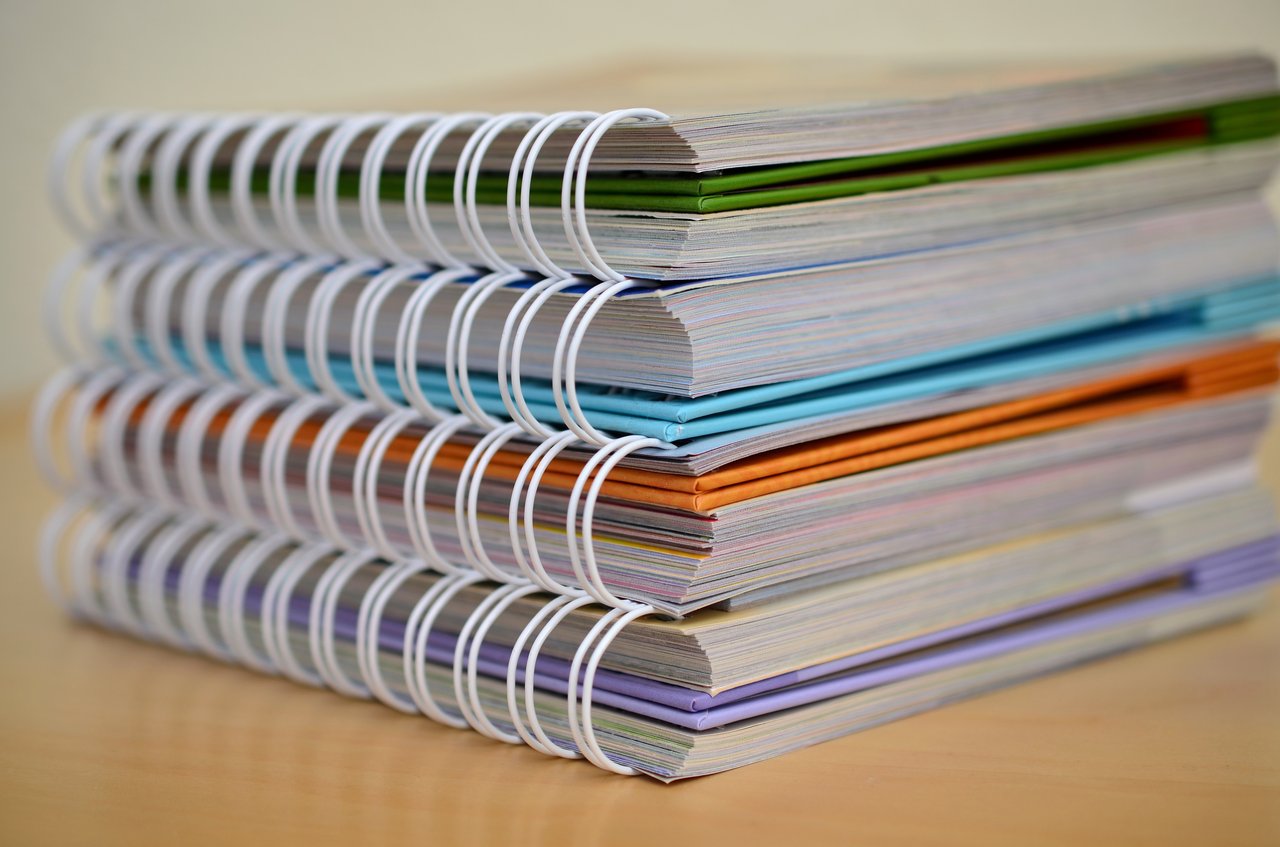ADHD confession: I’ve lost count of how many unused planners are in my house.
The cycle is one you might be familiar with. I would convince myself this planner was The One—the one that would change my life!—only to abandon it a few weeks later. And it didn’t seem to matter what kind of planner it was, either. They all met the same inevitable fate. You’d think after a point, I’d just stop buying them.
But I desperately wanted to be the kind of person that could be organized enough to keep a planner. (Never mind the fact that my approach was backwards: a planner should be helping me stay organized… not the other way around.)
If you’re baffled at the number of planners you’ve accumulated over the years, you’re not alone. Whether you stuck with it for a week or just a few minutes, there’s a perfectly reasonable explanation. Before you go out to buy another, let’s explore why your pile of abandoned planners just keeps growing.
Reasons why ADHDers abandon their (many) planners:
1. They're being a perfectionist.
Here’s the reality about planners: They aren’t going to look like the ones you see on Pinterest, and they aren’t supposed to!
It’s one thing to use fancy gel pens to make it fun… it’s another matter entirely if you spend hours designing each page and teaching yourself the art of calligraphy. How you use your planner should be sustainable, meaning it’s easy enough to do on a bad day.
Getting too hung up on your handwriting or that one word you scribbled out isn’t helping you.
The solution: Keep things easy and let things get messy. If you want to glam it up a little, try going for stickers or washi tape—which still look great, but don’t take nearly as much effort to decorate with.
2. It’s needlessly complex.
The most complicated planner isn’t necessarily the best planner for you.
Sure, a habit tracker, vision board, yearly goals, and a mood tracker could all be very useful to have! But if your planner is a lot of work to keep up with, you’re probably not going to stick with it. Just because you can benefit from something, doesn’t mean you’ll follow through.
Don’t let the bells and whistles distract you from what you need!
The solution: Get a standard daily planner that has blank pages in the back. That way, if you decide you need a habit or mood tracker, you can add one in yourself later on.
3. They're trying to solve the wrong problem.
Why do you need a planner? If the answer is “to get more organized,” you’ll have to be more specific than that. What problems are you trying to solve? A lack of structure or routine in your day? Not knowing where the time goes? Forgetting important events or appointments?
A lot of people buy planners hoping to address their general discomfort with life, rather than a specific problem. We look for the rush of having a solution without actually considering the problem more deeply. Not exactly a winning strategy!
The solution: Get clear on your goals for this planner. What organizational problems in your everyday life are causing you the most stress? And how will a planner—as opposed to an app or tool you already have—solve for them? Bonus points if you reflect on what has and hasn’t worked for you in the past.
4. They keep losing it. Literally.
People with ADHD are usually great at losing things. And planners are no exception. When I talk to my coaching clients, at least half of them consider losing their planner to be the biggest barrier to using one. Every professional organizer will tell you to give everything you own a “home.”
My suggestion is a little bit like that, except that your planner should have several homes.
The solution: Baskets are your friend. Try having designated baskets in each room where you’ll keep your planner when you aren’t using it. (I have one in my living room, office, and bedroom). This reduces the number of places you’ll have to look when it goes missing!
5. It isn’t synced with other areas of their life.
Many of us have several digital calendars, a few different note taking apps, and a habit tracking app that we open up every three weeks or so, when we decide we need to drink more water. (Or is it just me?)
But here’s what happens: We forget what information lives where, and we update them sporadically because there’s so much to keep up with… suddenly, we don’t have an organizational system at all! Instead, we have a headache.
The solution: Be intentional about where all of your information lives. The fewer containers, the less there is to juggle! One digital calendar and one planner is more than enough to capture everything you need to. Eliminate any unnecessary apps, calendars, or notebooks if you can.
How to choose a planner and actually use it
So, how do we choose the right planner that will actually stick? Excellent question. The best planner is the one that works for you, but these questions should help guide you in the right direction:
1. Assess the problems you’re solving for.
Are you trying to track appointments or make to-do lists—or both? Are you trying to manage your household or keep on task at work? Are you trying to remember future tasks or focusing on one day at a time? How will a specific planner meet those needs?
2. Reflect on what has and hasn’t worked for you.
What past apps or planners have you used, and what was helpful and unhelpful about them? Consider replicating the best features in your new planner.
3. Be flexible about how you use it initially.
Your systems should be ever-changing! You don’t have to stick to something that isn’t working. If planning your entire week in advance isn’t helpful, for example, try shifting your approach to a couple days at a time.
4. Schedule time to update your systems.
Setting aside a dedicated time for updating your planner (and other apps/calendars) is crucial for maintaining them. You could choose to set a daily alarm, schedule a block on your Google calendar, or stack it with an existing habit, like your morning cup of coffee.









